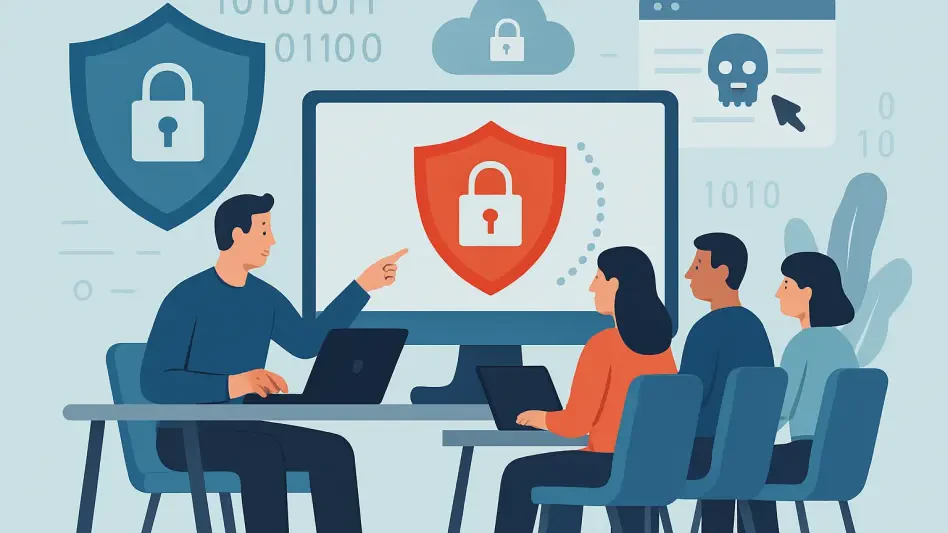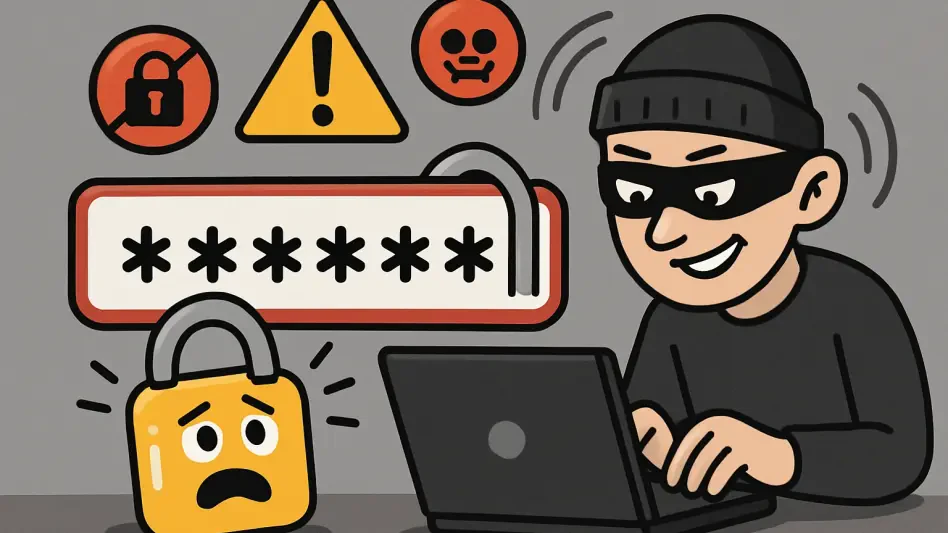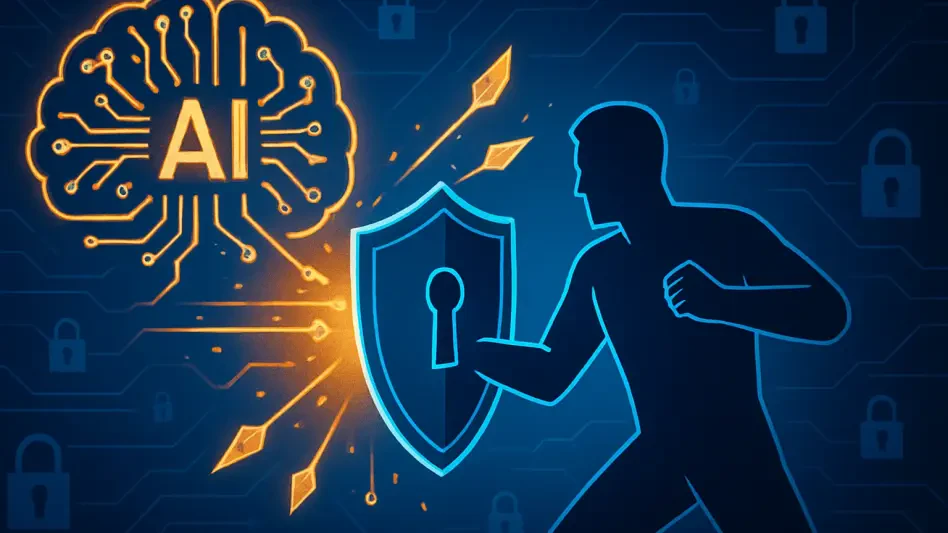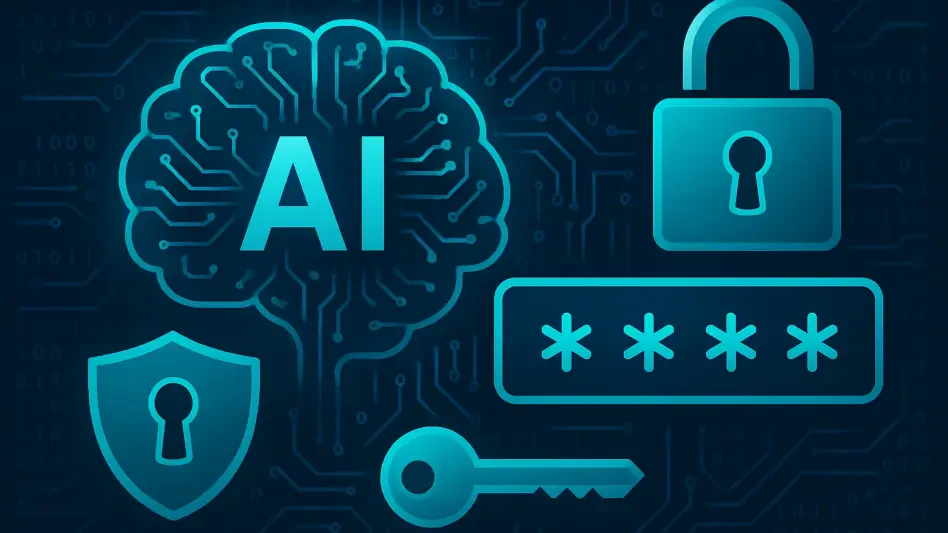In an era where digital threats loom larger than ever, small and medium-sized businesses (SMBs) find themselves disproportionately vulnerable to cyberattacks, often lacking the resources of larger enterprises to mount a robust defense. With limited budgets and staff, these organizations face a staggering reality: they are prime targets for phishing, ransomware, and other malicious activities that can cripple operations overnight. Yet, a groundbreaking approach to cybersecurity training, derived from the expansive NICE Cybersecurity Workforce Framework, offers hope. By tailoring education to address the most pressing risks, SMBs can transform their workforce into a frontline defense. This innovative method strips away the complexity of broad frameworks, focusing instead on practical, scenario-based learning that mirrors real-world threats. Such a strategy not only empowers employees with relevant skills but also bridges the gap between theoretical guidelines and actionable solutions, setting a new standard for cybersecurity readiness.
Addressing the Unique Challenges of SMBs
Cybersecurity poses a daunting challenge for SMBs, which often operate with constrained budgets and minimal in-house expertise compared to larger corporations. These businesses are frequent targets of cyberattacks, as malicious actors exploit their limited defenses with tactics like phishing and malware that can lead to devastating financial losses or data breaches. The reality is stark—many SMBs struggle to allocate resources for comprehensive training programs, leaving employees ill-prepared to recognize or respond to threats. Recognizing this gap, researchers have developed a streamlined training model by distilling the vast NICE Framework into a focused set of critical skills. By prioritizing the most common risks identified through data from industry reports, this approach ensures that training remains relevant. Instead of overwhelming staff with thousands of potential tasks, the curriculum hones in on actionable knowledge, enabling SMBs to build resilience without the burden of excessive costs or complexity.
Beyond the financial constraints, SMBs often lack the structural support to implement broad cybersecurity strategies effectively, which amplifies their exposure to digital threats. A key advantage of tailored training lies in its adaptability to the specific needs of these organizations, ensuring that every lesson directly correlates with the risks they face daily. For instance, focusing on social engineering and web-based attacks—common pain points for smaller firms—equips employees to act as the first line of defense. This targeted method also considers the limited time available for training within busy work environments, condensing essential technical and non-technical elements into manageable modules. By aligning educational content with real-world vulnerabilities, SMBs can foster a culture of awareness and preparedness. Such an approach not only mitigates immediate risks but also builds a foundation for long-term security, proving that even resource-strapped businesses can stand firm against sophisticated cyber adversaries.
Leveraging Scenario-Based Learning for Impact
One of the most effective ways to enhance cybersecurity training for SMBs is through scenario-based learning, which immerses employees in simulations of real-world cyberattacks to build practical skills. Unlike traditional, abstract lessons that may fail to resonate, this method recreates situations like ransomware exploits or phishing schemes tied to known threat groups, making the learning experience vivid and memorable. Employees engage in exercises that mirror actual incidents, such as hardening systems against specific vulnerabilities or responding to a distributed denial-of-service (DDoS) campaign. These simulations are designed to integrate technical know-how with critical legal and regulatory insights, ensuring a comprehensive understanding of incident response. By practicing in virtual machine labs, staff gain hands-on experience that translates directly to workplace challenges, significantly improving their ability to act decisively when threats emerge.
The strength of scenario-based training also lies in its capacity to address the multifaceted nature of cyber incidents, blending diverse skill sets into a cohesive learning experience for SMB employees. For example, a simulation might involve navigating a breach while simultaneously considering breach notification laws, thereby teaching both system security and compliance in tandem. This cross-disciplinary approach prepares staff for the complex realities of a cyber crisis, where technical fixes alone are insufficient without an understanding of legal ramifications. Additionally, such training fosters collaboration by encouraging team-based problem-solving during simulated attacks, reflecting how real responses often require input from multiple departments. By embedding these exercises into regular routines, SMBs can ensure that preparedness becomes second nature. This method not only boosts retention of critical concepts but also builds confidence among employees, empowering them to tackle threats with a well-rounded perspective.
Building Cross-Functional Collaboration
A critical lesson for SMBs in mastering cybersecurity is the need for cross-functional collaboration, ensuring that training extends beyond isolated IT teams to encompass broader organizational roles. Cybersecurity incidents often demand input from legal, regulatory, and privacy departments, yet many smaller businesses lack the internal expertise or external advisors to navigate these complexities. Industry experts emphasize that siloed operations can exacerbate risks, leaving unprepared staff to handle multifaceted crises alone. Tailored training programs address this by integrating lessons that encourage dialogue across departments, such as joint exercises on data protection or compliance requirements. By involving senior management in these initiatives, accountability is reinforced at every level. This collaborative focus ensures that cybersecurity becomes a shared responsibility, strengthening the overall resilience of the organization against diverse threats.
Furthermore, fostering cross-functional collaboration through structured routines can significantly enhance the effectiveness of cybersecurity training for SMBs, creating a unified front against digital risks. Regular security working group meetings or desk-based breach simulations provide platforms for different teams to align their efforts and share insights on potential vulnerabilities. Such practices help break down barriers between technical and non-technical staff, ensuring that everyone understands their role in safeguarding the business. For instance, involving external data protection officers in training scenarios can offer valuable perspectives on regulatory compliance, while also preventing complacency among internal teams. This integrated approach mirrors the reality of cyber incidents, where solutions often require coordinated action rather than isolated expertise. By embedding collaboration into training, SMBs can cultivate a proactive security culture that adapts to evolving challenges, ultimately reducing the likelihood of costly breaches.
Paving the Way for Scalable Solutions
Reflecting on the strides made in cybersecurity training, it is evident that SMBs have gained a powerful tool in tailored, scenario-based curricula derived from the NICE Framework. This innovative approach has successfully addressed the most prevalent threats by focusing on practical skills and real-world simulations, ensuring relevance in every lesson. The integration of technical and legal knowledge has prepared employees for the intricate demands of cyber incidents, while cross-functional collaboration has fortified organizational defenses. Looking ahead, SMBs are encouraged to adopt this model as a scalable solution, customizing it to emerging risks like those posed by the Internet of Things (IoT). Larger enterprises, too, can adapt this blueprint by mapping sector-specific threats to tailored training scenarios. By investing in such focused education, businesses of all sizes can transform their workforce into a resilient shield against digital dangers, securing a safer future through actionable and engaging learning.








